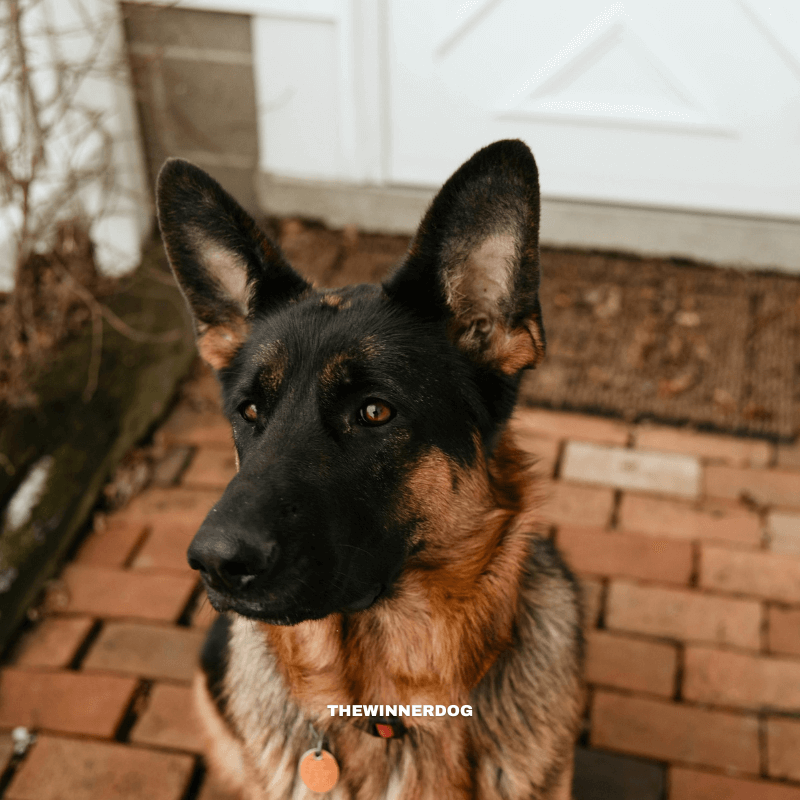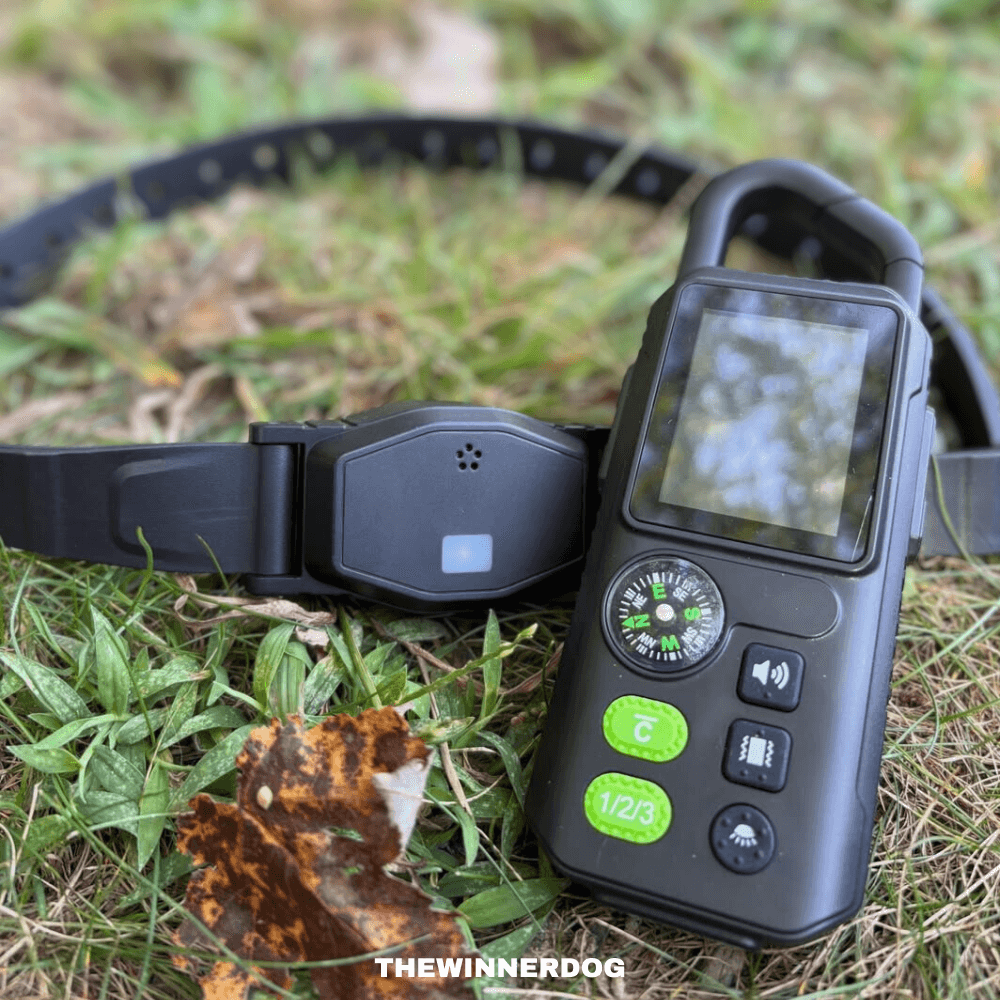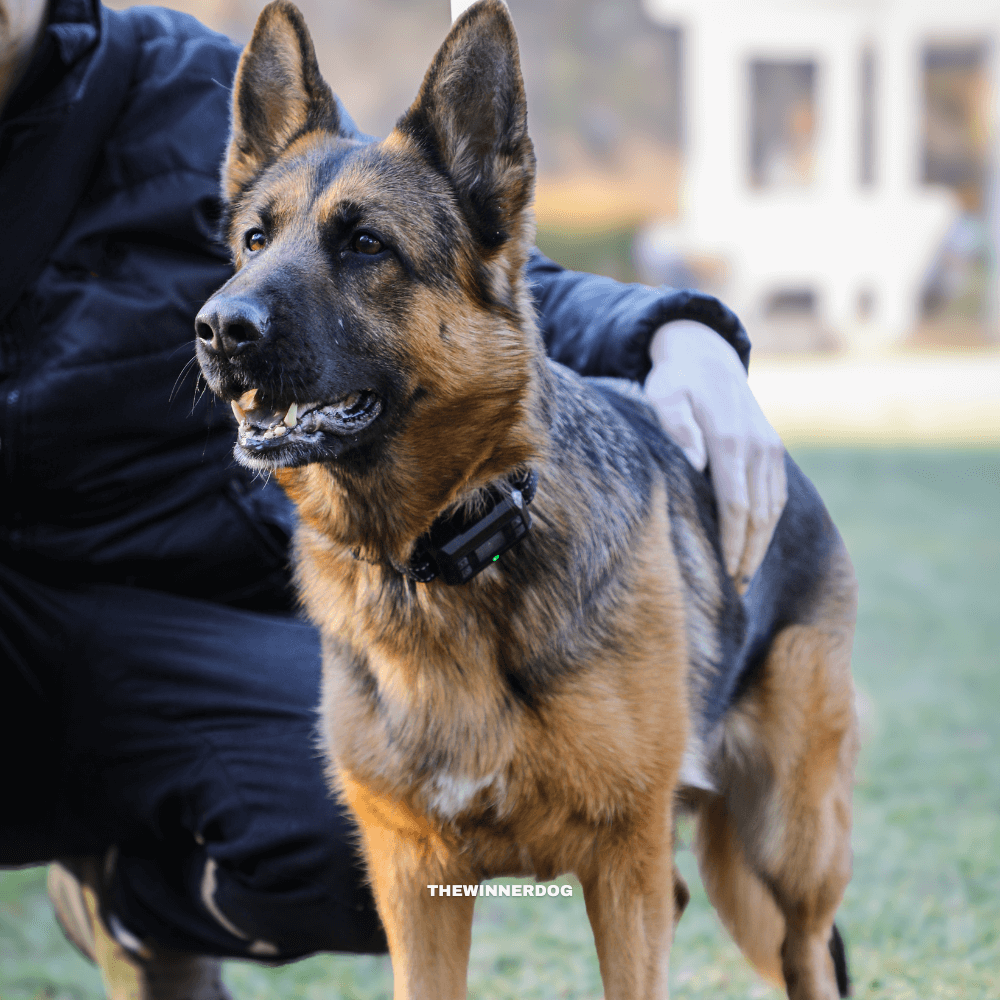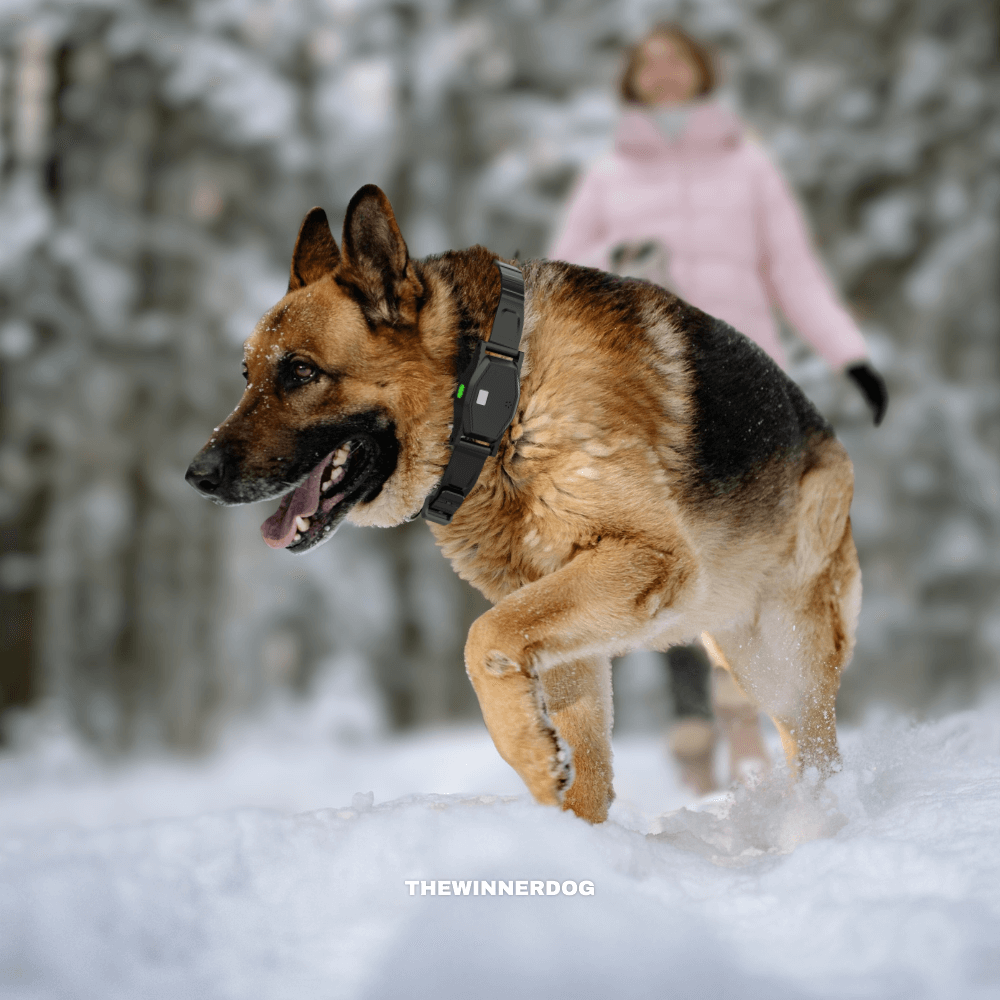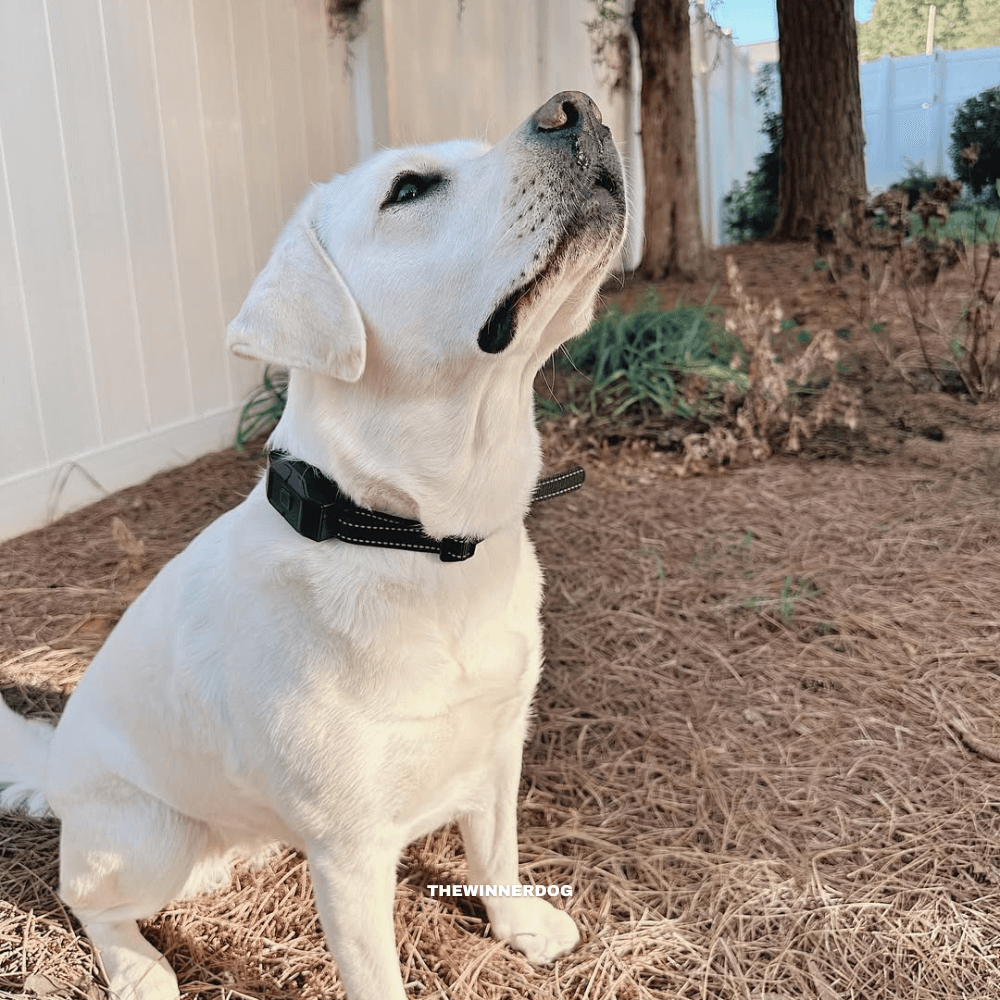
Why Do Huskies Run Away? 5 Expert Tips to Contain Them
Siberian Huskies are energetic, intelligent, and independent dogs. While these traits make them captivating companions, they also make them prone to escaping from yards or homes. Uncontained Huskies can face serious hazards including traffic accidents, wildlife encounters, and the risk of getting lost. Understanding why Huskies run away and how to prevent it is essential for both the dog's safety and the owner’s peace of mind.
1. High Prey Drive
One of the primary reasons Huskies run away is their strong prey drive. Originating as sled dogs, Huskies retain a natural instinct to chase moving objects, including small animals, vehicles, or even toys. Behavioral studies indicate that breeds with high prey drive, like Huskies, are more likely to escape when visual stimuli trigger chasing behavior (American Kennel Club, 2024).
Practical Steps:
- Identify areas in the yard where small animals frequently appear.
- Install visual deterrents or block access to these zones.
- Use a wireless dog fence to create a clearly defined invisible boundary. Adjustable correction levels help prevent the dog from pursuing prey beyond the yard safely.
Product Example: Systems such as the WDF700 Plus GPS Dog Fence provide customizable correction, dual modes (Fence Mode + Training Mode), and durable collars suitable for high-energy breeds like Huskies.
2. Boredom and Mental Stimulation
Huskies are highly intelligent and require both mental and physical exercise. Lack of stimulation often leads to escape attempts as the dog searches for engagement or adventure.
Practical Steps:
- Provide interactive toys, puzzle feeders, and daily walks.
- Schedule at least 30–60 minutes of vigorous exercise every day.
- Introduce safe exploration zones using a portable wireless dog fence, allowing curiosity and activity within a secure boundary.
Expert Note: Combining mental enrichment with a secure containment system reduces escape-driven behaviors and promotes overall well-being (American Veterinary Society of Animal Behavior, 2023).
3. Desire for Social Interaction
Huskies are social animals that thrive on companionship. Isolation or extended periods alone may trigger escape attempts as the dog seeks human or canine interaction.
Practical Steps:
- Ensure regular playtime and walks.
- Consider introducing a compatible canine companion.
- For households with multiple dogs, use a best wireless dog fence for multiple dogs with independent correction settings to maintain safe shared spaces.
4. Anxiety and Fear Responses
Environmental stressors, such as thunderstorms, fireworks, or unfamiliar surroundings, can provoke anxiety-driven escape behavior.
Practical Steps:
- Create a secure indoor retreat for stressful conditions.
- Use positive reinforcement to desensitize the dog to triggers.
- Employ a best wireless dog fence collar with gentle, adjustable corrections to reinforce boundaries safely.
Expert Tip: Avoid high-intensity static corrections; start with the minimum effective level to prevent additional stress (ASPCA, 2024).
5. Inadequate Physical Fencing
Traditional fences often fail Huskies due to their ability to dig, jump, or manipulate gates. Incomplete or low fences can encourage repeated escape behavior.
Practical Steps:
- Reinforce fence bases with buried chicken wire to prevent digging.
- Increase fence height or add inward-angled extensions to deter jumping.
- Ensure gates have secure locks.
- Complement physical barriers with a GPS wireless dog fence or base-station wireless dog fence for added safety.
Selection Guidance:
- Small, confined yards: Base-station wireless dog fences provide precise, interference-resistant boundaries.
- Large properties or variable terrain: GPS-based systems allow flexible boundary creation.
- Hybrid approach: Combine a base-station system for daily containment and GPS for temporary or outdoor use (e.g., travel, camping).
Product Example: The WDT810 Pro integrates base-station containment, adjustable collar corrections, waterproof construction, and portability, making it suitable for high-energy Huskies. Its functionality is also available without subscription, offering full control over boundaries without recurring costs.
Training and Maintenance Recommendations
Even the best containment systems require structured training to be effective:
- Introduce visual markers along the boundary before allowing off-leash freedom.
- Start with sound-only warnings and gradually introduce mild vibration or static correction.
- Conduct daily short sessions to reinforce boundary recognition.
- Reward compliance with treats, praise, or play.
- Regularly inspect collars, battery levels, and boundary calibration.
These steps help Huskies understand boundaries safely while ensuring electronic systems perform reliably.
Conclusion
Huskies run away due to a combination of high prey drive, boredom, social needs, anxiety, and inadequate fencing. Owners can mitigate these risks through enrichment, structured training, and well-selected containment systems.
Advanced wireless dog fences and best wireless dog fence collars provide safe, adjustable, and humane solutions. For large or energetic Huskies, products like the WDT810 Pro Wireless Dog Fence offer precise boundaries, customizable corrections, and portable deployment without subscription. Combining technology with behavioral management ensures Huskies remain secure, happy, and able to exercise their natural energy safely.

